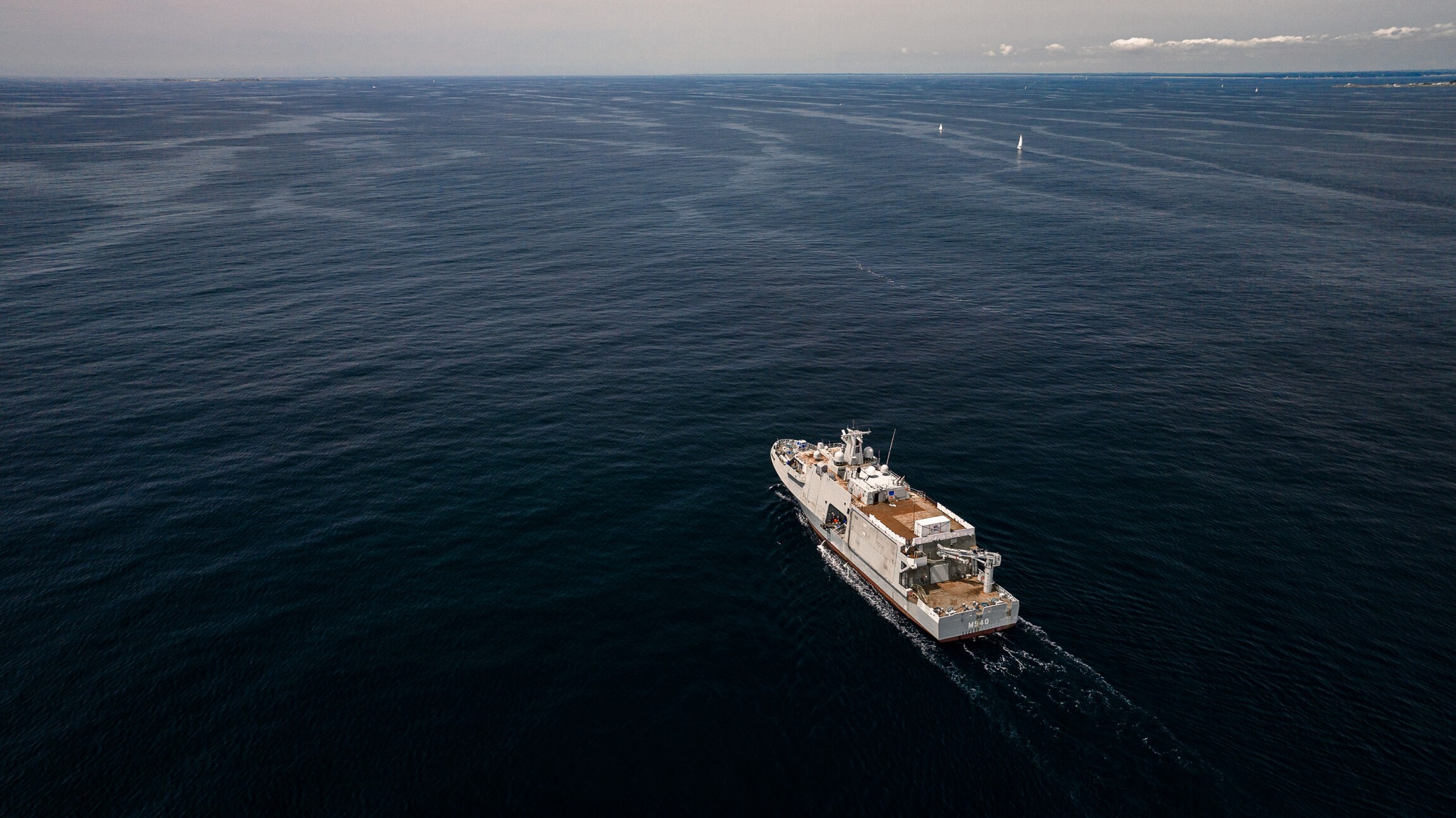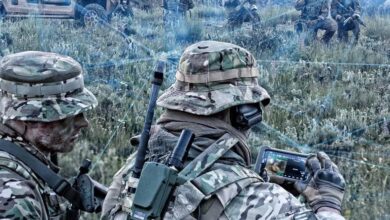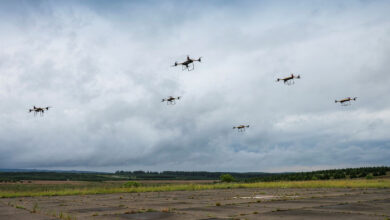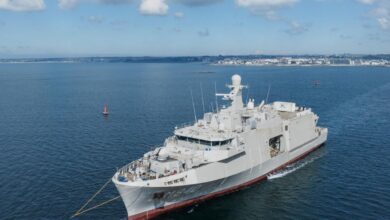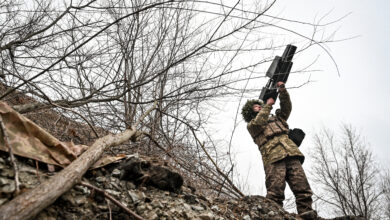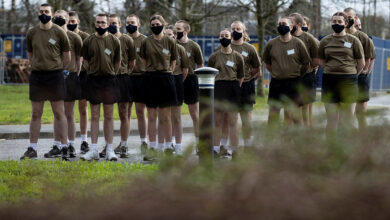Belgium Naval & Robotics has started initial sea trials of the City-class mine countermeasure (MCM) vessel in a joint procurement between Belgium and the Netherlands.
Launched in 2019, the initiative will produce 12 advanced minehunter ships, half of which will be delivered to Brussels and the other half to Amsterdam.
For the tests, the program’s lead ship “Oostende” (M 940) will complete propulsion and navigation demonstrations in operational sea surface conditions.
This process will be followed by additional evaluations of the vessel’s overall systems.
Delivery of the Oostende is expected in the summer of 2025. It will be the first ship under the package to be commissioned under the Belgian Navy.
Shift in Anti-Mine Operations
The future Belgian-Dutch City-class MCMs will have a modernized minehunting approach compared to their Tripartite-class predecessors bought under a similar initiative in the late 1970s.
This upgrade will be supported by the new MCMs’ compatibility with aerial, surface, and underwater drones, enhanced resistance against subsea explosions, and very low acoustic and magnetic signatures.
Work for the fleet’s design and construction is being facilitated by Belgium Naval & Robotics’ parent company Naval Group and Piriou, while the unmanned mission systems are led by Exail.
The arrival of all MCM vessels will be staggered until mid-2030. Simultaneously, the majority of the drones will be assembled and maintained in Belgium until the program’s completion.

“The solution acquired by the Belgian and Dutch navies represents a complete paradigm shift in the way mines are fought, with a ship and ship’s control and mine-fighting personnel remaining at a distance from the danger (stand-off),” Belgium Naval & Robotics highlighted in a press release.
“This solution also means that the speed with which the mined area can be dealt with is ten times faster than with conventional means.”
The Belgian-Dutch City Vessel
Belgium and the Netherlands’ City-class minehunter measures 82.6 meters (270 feet) long and can carry about 60 personnel.
It will have a top speed of 15.3 knots (28.3 kilometers/17.6 miles per hour) and a range of up to 3,500 nautical miles (4028 miles/6,482 kilometers).
Alongside autonomous systems, the ship will utilize cranes, inflatable hull boats, identification/destruction systems, dredgers, and acoustic modules for mine countermeasure missions.

